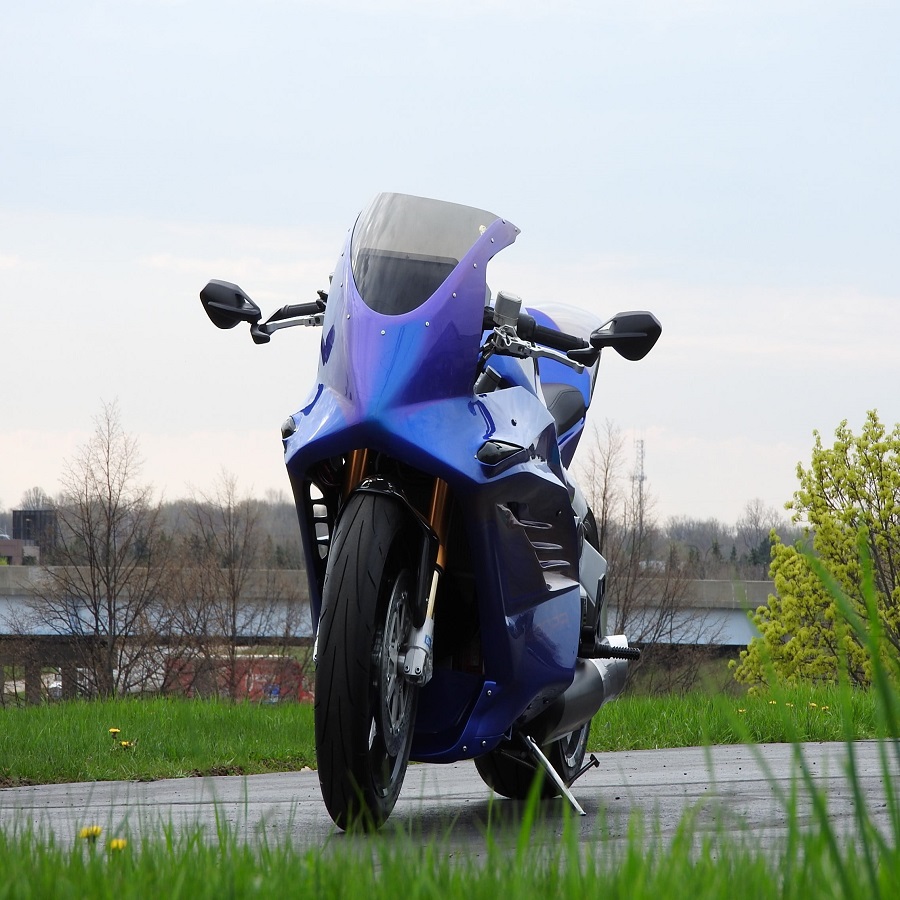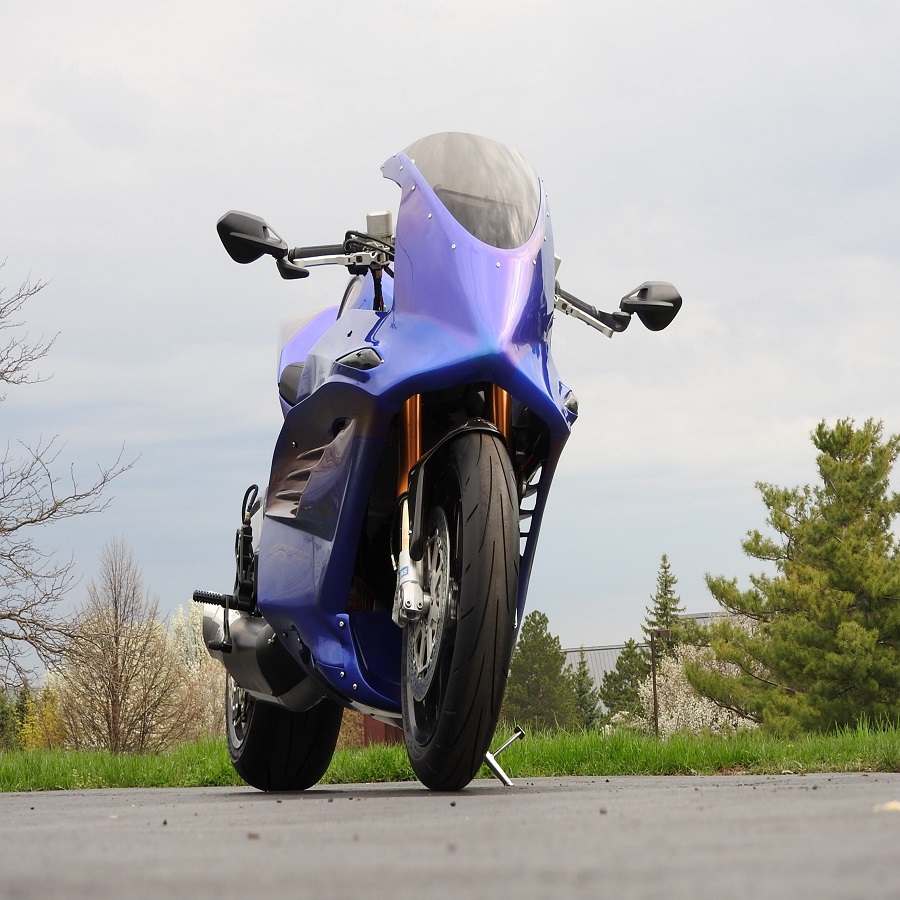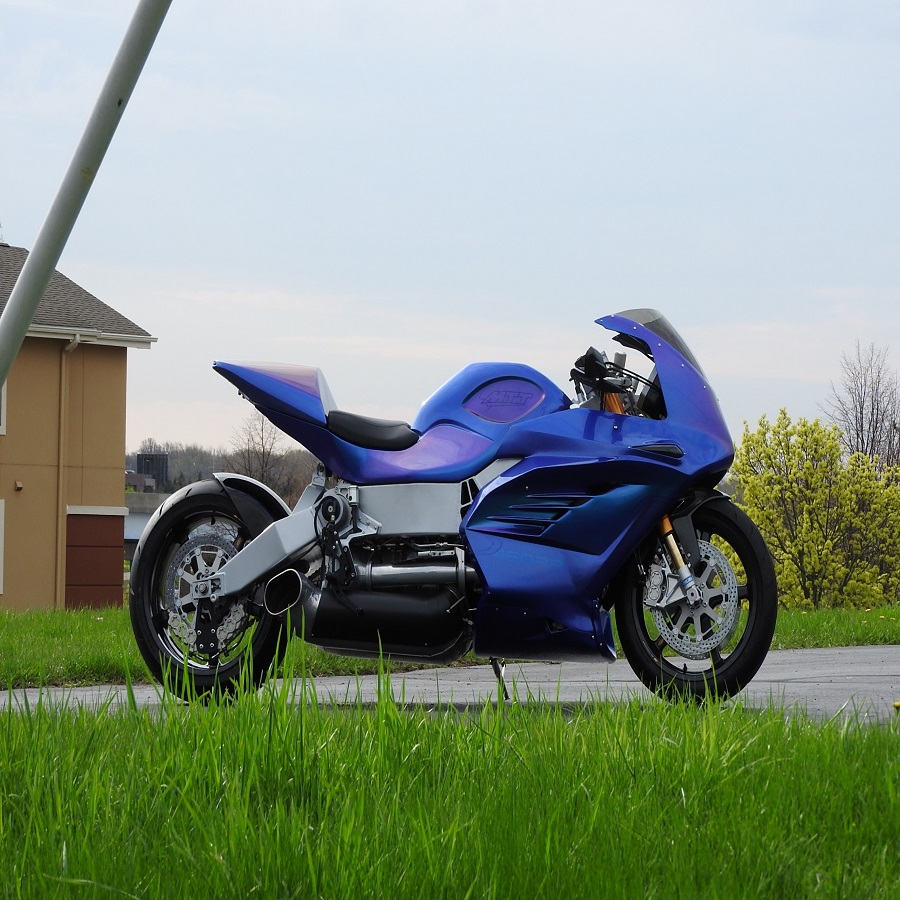Introduction
As the clock struck midnight on January 1, 2000, the world braced for the potential fallout of the Y2K bug—a digital glitch that many feared could lead to widespread system failures. Yet amidst the chaos and uncertainty of the millennium transition, another revolution was quietly revving its engines. This was the rise of the modern motorcycle, marked by advances in technology, design, and a cultural shift towards two-wheeled freedom. The Y2K motorcycle revolution not only transformed the biking industry but also redefined the relationship between mankind and machine in ways that resonate to this day.
The Cultural Landscape of the 90s
To understand the impact of the Y2K revolution, one needs to look back at the cultural landscape leading up to the year 2000. The 1990s were a mixed bag for motorcycles. On one hand, there was the resurgence of cruiser culture, represented by companies like Harley-Davidson, which focused on nostalgia and the American road trip. On the other hand, the sportbike scene was ignited by brands like Yamaha, Kawasaki, and Suzuki, pushing the boundaries of speed and performance.
This decade also saw the emergence of a new generation of riders. The “millennials,” a demographic often characterized by their desire for experiences over possessions, began to turn to motorcycles as not just a mode of transport but as a lifestyle choice. This shift was catalyzed by a growing subculture that embraced individuality, adventure, and a newfound appreciation for the outdoors. With the advent of the internet and social media, motorcycling communities started to flourish online, allowing enthusiasts to connect, share stories, and swap advice with unprecedented ease.
Technological Advancements
As the world entered the new millennium, motorcycles began to incorporate cutting-edge technology, leading to significant improvements in performance, safety, and rider experience. The application of computer-aided design (CAD) tools allowed manufacturers to create lighter and more aerodynamically efficient motorcycles. Fuel injection systems, for example, replaced the carburetors of yesteryear, leading to better fuel efficiency and smoother power delivery.
The introduction of anti-lock braking systems (ABS) was another noteworthy advancement during this time. Once a luxury, ABS became a standard feature across various motorcycle segments, enhancing safety by preventing wheel lock-up during sudden braking scenarios. Additionally, traction control systems began making their way onto sportbikes, providing riders with greater confidence and stability in diverse riding conditions.
The Y2K motorcycle revolution also birthed innovations in electronics. Incorporation of ride optimization systems, onboard diagnostics, and advanced infotainment systems transformed motorcycles into smart machines. Riders now had access to navigation, communication, and performance tracking—all integrated seamlessly into their riding experience.
The Aesthetics of the New Millennia
Beyond the technological advancements, the design language of motorcycles underwent a paradigm shift. Influenced by contemporary art and industrial design principles, bikes became more sculptural and visually captivating. The age of the retro bike also emerged, as manufacturers began to create modern interpretations of classic models, sparking nostalgia while appealing to younger generations.
The Y2K motorcycle revolution also challenged gender norms within the riding community. Brands began targeting female riders, fostering a more inclusive motorcycle culture. Events catered specifically to women and the emergence of female motorcycle clubs highlighted the growing diversity within the community.
The Sustainability Shift
As the world became increasingly aware of environmental issues during the late ’90s and early 2000s, the motorcycle industry began to pivot towards sustainability. Several manufacturers started focusing on developing electric motorcycles, driven by advancements in battery technology. While electric bikes were not a new concept, the Y2K era saw a significant push towards practicality and adoption. Companies like Zero Motorcycles and later Harley-Davidson with its LiveWire model began to pave the way, combining the essence of motorcycling with eco-consciousness.
San Francisco became a hub for electric motorcycle enthusiasts, showcasing the potential of electric transport in urban settings. This movement towards eco-friendly riding has only gained momentum, reflecting the evolving values of new riders who are increasingly concerned about their carbon footprint.
The Cultural Renaissance of Biking
As the Y2K motorcycle revolution gained traction, it reinvigorated the cultural image of motorcycling. What had often been categorized as a fringe lifestyle was now illuminated in mainstream media. Films like “The Motorcycle Diaries” and “Torque” introduced new narratives around freedom, exploration, and rebellion, further embedding bikes into the fabric of popular culture.
Motorcycle events, rallies, and festivals began to fill calendars worldwide, fostering camaraderie among riders. The Sturgis Motorcycle Rally in South Dakota and the Isle of Man TT became legendary, drawing riders from all walks of life to celebrate their passion.
The Future of Motorcycling
While the Y2K motorcycle revolution was a pivotal point in the history of motorcycling, it is by no means the end of the story. Riders today benefit from enhanced safety features, improved fuel efficiency, and innovative designs that prioritize both performance and style. Additionally, the rise of connected devices and smart technologies continues to shape the way we experience riding.
As we look to the future, the motorcycle industry will undoubtedly face new challenges and opportunities. Sustainability will remain at the forefront, forcing manufacturers to innovate continually. Urbanization and changing commuting patterns will also impact how motorcycles are utilized, opening doors for new models designed for city life.

A Historical Perspective
The turn of the millennium was marked by a wave of technological optimism. Fueled by the Internet, rapid advancements in materials, and a burgeoning digital culture, designers began to experiment with not only what products looked like but how they functioned. Bicycles became a canvas for this creativity. The term “Y2K” itself originally referred to the “Year 2000 problem,” but in the context of design, it encapsulates a broader cultural moment characterized by sci-fi influences, metallic finishes, and an embrace of the avant-garde.
During this period, bike manufacturers began to leverage new materials like carbon fiber and aluminum, allowing for innovative shapes and structures. An example can be seen in the curvilinear frames and striking colors that embodied the era. The designs were not merely functional; they were dynamic statements meant to reflect the vibrant, sometimes chaotic energy of modern life—a perfect blend of art and technology.
Aesthetic Attributes
Y2K bikes are distinguished by their bold aesthetics. The use of intricate geometric designs, bright color palettes, and glossy finishes creates a visually arresting presence. Many models sport exaggerated forms, unusual profiles, and even asymmetrical shapes, challenging conventional notions of what a bicycle should look like.
Moreover, artists and designers have recognized bicycles as a medium that transcends utility. Collaborations with graphic designers, artists, and even pop culture icons have yielded limited-edition bikes that serve not only as a mode of transport but also as collectible art pieces. The fluid lines and dynamic curves often evoke a sense of motion even while stationary, inspiring a narrative about speed, freedom, and adventure.
Technological Innovations
While the aesthetics are striking, it is the technological advancements that have made Y2K bikes stand out in the cycling world. Modern innovations such as integrated smart technology, lightweight composite materials, and advanced braking systems have revolutionized cycling.
- Smart Technology: Many Y2K bikes now come equipped with GPS navigation, onboard diagnostics, and performance tracking. These innovations are blending traditional cycling with the digital age, allowing riders to monitor their stats in real-time or even unlock their bike with a mobile app.
- Sustainability: The push towards eco-friendly materials has also played a significant role. Manufacturers are exploring biodegradable composites and recycled materials that align with growing concerns about environmental impact, marrying form with ethical responsibility.
- Modularity: As with contemporary technology, modular designs allow users to customize their bikes with various accessories or features, making each rider’s bicycle uniquely their own. This customization extends the idea of a bicycle as personal art—a reflection of the owner’s identity.
Cultural Significance
Y2K bikes are not just about aesthetics or technology; they also resonate on a cultural level. The bikes encapsulate a spirit of exploration and individuality. In an era where identity is increasingly curated through digital and social channels, these bicycles provide an authentic means of self-expression.
Cycling culture has always thrived on creativity. Urban cyclists have long used their rides to make statements about sustainability, health, and freedom. The rise of Y2K bikes amplifies these sentiments, encouraging a dialogue about urban design, mobility, and personal agency in a rapidly evolving landscape.
Furthermore, these bikes often become symbols of community and belonging. As cities embrace cycling as a viable mode of transport, Y2K bikes frequently appear in artistic projects, public art installations, and community events, reinforcing their value beyond mere transit.
The Future of Y2K Bikes
Looking ahead, the Y2K bike design ethos is poised to evolve further. As we gain insights from the continuing progress in technology and shifting cultural values, we can expect an infusion of new materials, smart features, and innovative design concepts. There’s also growing interest in foldable bikes and e-bikes, which continue to push boundaries in terms of functionality and style.
Moreover, the upcoming generations—immersed in digital environments—bring with them new values and considerations. While aesthetics and technology will likely remain at the forefront, there is an increasing focus on sustainability and localization. This shift may inspire local artisans and craftspeople to influence the bike design scene, blending traditional craftsmanship with modern-day needs.

Conclusion
The Y2K motorcycle revolution was more than just a moment in time; it was a significant shift in the culture of motorcycling that embraced technological advancements, inclusivity, and environmental awareness. As riders continue to seek freedom on two wheels, they do so on the foundation laid by the innovations and shifts that began at the turn of the millennium.
Embracing the spirit of the open road—one that transcends time and trends—motorcycling remains a dynamic and evolving form of expression, echoing the thrill of adventure. The future looks bright for this exhilarating lifestyle, as new generations of riders gear up to create their own chapters in the ongoing story of motorcycling. So, buckle your helmet, start your engine, and get ready to ride into the next exhilarating era.

Leave a Reply